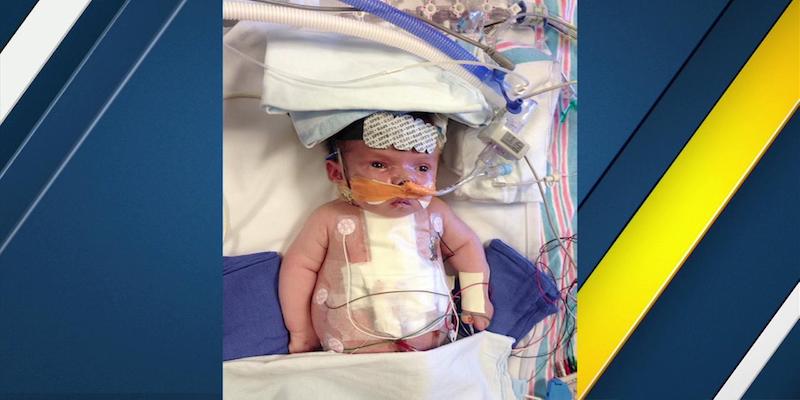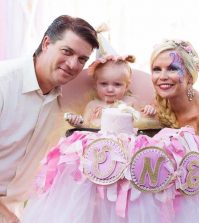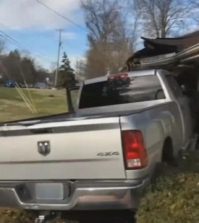- Study Says Most Parents Don’t Use Car Seats In Ride Share Vehicles Like Uber
- This 12-Year-Old Boy Is A Sophomore Aerospace Engineering Major!
- Fire Safety Experts Warn Of Hand Sanitizer Danger After A Mom and Kids Escape House Fire
- Recall Alert: Peaches May Be The Cause Of Salmonella Outbreak, 68 People Ill
- Summer Vacation In The Days Of COVID: Tips To Stay Safe
- How To Safely Grocery Shop During The Coronavirus Pandemic
- Michigan Teen With Vape-Related Illness Undergoes Double Lung Transplant
- Teen Kicks Off Anti-Vaping Campaign From Hospital Bed
- Teenager Receives Life Sentence For Strangling Sister To Death Over A Wi-Fi Password
- Toddler Falls To Death From 11th Deck of Cruise Ship
3-D Printed Heart Valve Allows Doctor To Practice Surgery For Baby


3-D Printer technology is being used for various things these days, but Doctors at Children’s Hospital Los Angeles have found an incredible use for it – printing out a human heart valve.
Surgeons have used that 3-D model to assist them in navigating inside the heart of a child who was 1-week-old at the time, Nate Yamane, as the organ struggled to keep him alive.
“He was actually born with no true blood vessels to feed his lungs. Without that you get no oxygen in your lungs and you die,” said Dr. Frank Ing, chief of cardiology at Children’s Hospital.
Ing said that in order to survive, Nate’s body created other pathways to get around the blockage. The doctor used the analogy of navigating L.A. traffic.
“In order for the cars to get to their destination, they just get off the exit and find ways to get back to where they need to go,” Ing said.
These alternate routes can’t, however, stay open indefinitely. The child is now-19-months-old and went through five surgeries to rebuild and rewire his heart.
Ing was able to practice with the help of a 3-D printed version of Nate’s newly constructed pulmonary artery, during the child’s most recent operation.
“It’s one thing to look at pictures, another thing to have something that’s a real size and look at in different angles and the shapes and try to figure out what’s the best modification,” the Doctor said.
Without a model, Ing had to improvise in the operating room to make the tiny stent fit.
Ing said that with the 3D model he was “able to create this stent to fit his anatomy and be able to deliver it and have confidence that it’s going to work.”
Wayne Yamane, the boy’s father, spoke about the reassurance he felt due to the technology.
“It gave me a secure feeling that at least the route that we are going is going to be a more successful one,” he said.
Just 2 weeks after the surgery, Nate’s Mom said she could immediately see the difference in her child’s energy levels.
“He’s all over the place,” Courtney Yamane said.
“It’s awesome.
He’s got the strength to roll across the whole room now.”
The Doctor predicts that more heart surgeons will be taking advantage of 3-D printing to help guide them through unique anatomic structures.








0 comments